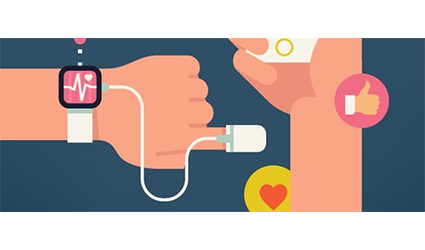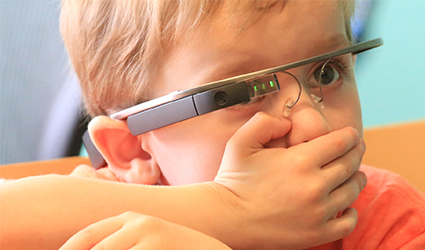Wearable Medical devices took the world by storm and have altered our way of life forever. In 2016 the market for wearables reached an estimated $2 billion and experts predict that this number will skyrocket to $6 billion by 2023.
Wearable tech is popular for fitness and day to day health but the wearable tech market goes way beyond only this. Wearable medical devices now give us the freedom to remotely monitor the people we care about. Products like the Bluetooth ECG smartphone system can help you monitor elderly loved ones and get a full analysis of their cardiac health in the palm of your hand.
Not only does this help you get peace of mind, but it also reduces the stress of frequent hospital visits. With FDA clearance, medical devices such as the flexible smart baby thermometer also help you monitor little ones when you are unable to be with them.
Mhealth has put control of our health in our reach, allowing us to feel as if we have a constant healthcare companion with us, no matter where we travel to. Do you perhaps have the need to take care of a loved one without the option of always being present? [Click here] to view some of our wearable medical devices or post a request for something you need.
The post Wearable Medical Devices, Your Constant Healthcare Companion appeared first on Drugdu.com
from Drugdu https://goo.gl/QgQoHk



